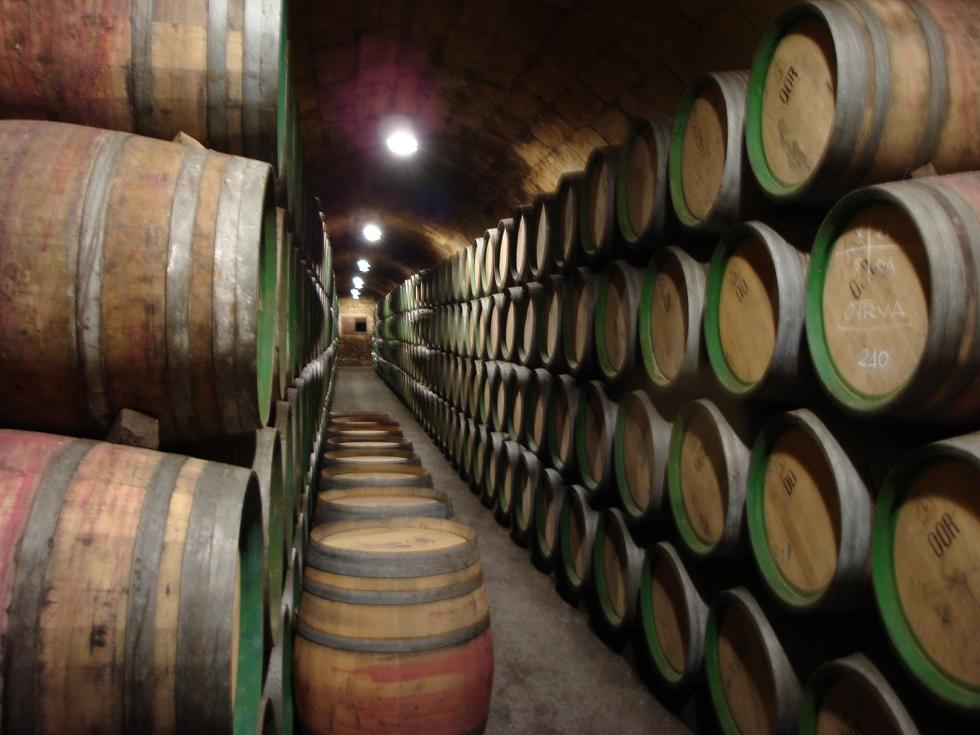The use of oak plays a significant role in winemaking and can have a profound effect on the resulting wine, affecting color, flavor, texture and quality. The use of oak barrels can impart other qualities to wine through the processes of evaporation and low level exposure to oxygen.
The porous nature of an oak barrel allows some levels of evaporation and oxygenation to occur in wine. This evaporation (of mostly alcohol and water) allows the wine to concentrate its flavor and aroma compounds. The chemical properties of oak itself can have a profound effect on the wine, interacting with the wine to produce different flavors. Flavor notes that are common descriptions of wines exposed to oak include caramel, cream, smoke, spice and vanilla. Chardonnay is a variety that has very distinct flavor profiles when fermented in oak that include coconut, cinnamon and cloves notes. The "toastiness" of the barrel can bring out varying degrees of mocha and toffee notes.
The length of time that a wine spends in the barrel is dependent on the varietal and style of wine that the winemaker wishes to make. The majority of oak flavoring is imparted in the first few months that the wine is in contact with oak but a longer term exposure can affect the wine through the light aeration that the barrel which quickens the aging process of the wine.
New World Pinot noir may spend less than a year in oak. Premium Cabernet Sauvignon may spend two years. The very tannic Nebbiolo grape may spend four or more years in oak. High end Rioja producers will sometimes age their wines up to ten years in American oak to get a desired earthy cedar and herbal character.
In Spain, they classify the wines by the time they spend in barrels.
-
Young Wines are wines that have not seen any barrels, and are better consumed within 1-3 years from released.
-
Young Crianza Wines are wines that have staged in barrels for a short period, usually less then 6 months.
-
Crianza Wines are quality wines that are subject to an aging process of at least 24 months, from which at least six in oak barrels. For white and rosé the period is 18 months.
-
Reserva Wines have a minimum aging period of 36 months, from which at least 12 in oak barrels, and the rest in the bottle. For white and rosé wines, it must be at least 24 months.
-
Grand Reserva Wines have at least 18 months in oak barrels and 42 in bottles, reaching 5 years in total. For white and rosé wines, the minimum aging period is 48 months in wood and bottle.


